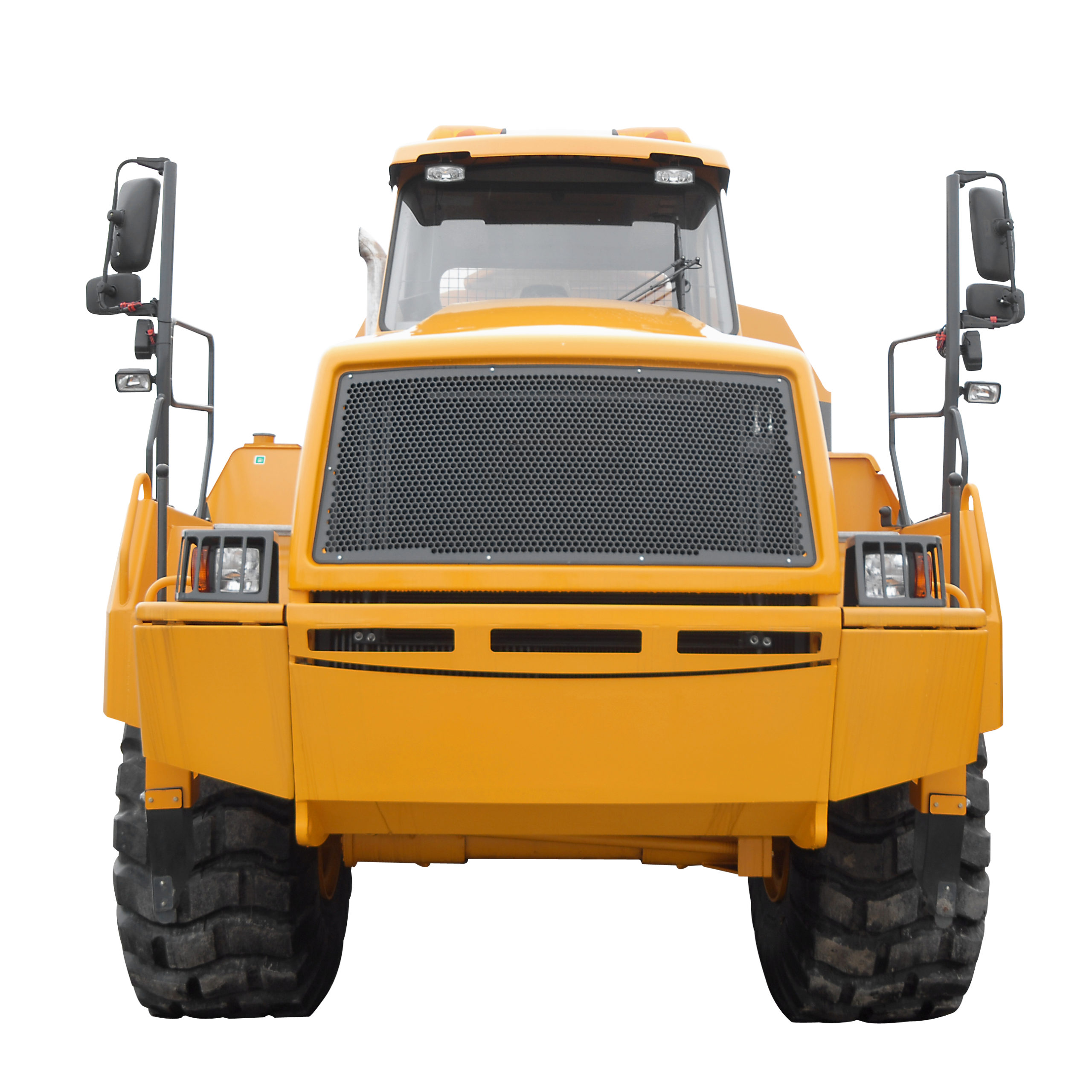
Every young boy loves bulldozers, dump trucks, and cranes; the bigger and shinier, the better. But is bigger and shiner always better when selecting air handing units, chillers, cooling towers, air compressors, boilers, or other building or process equipment?
Sizing Equipment
For any type of building (office, factory, school, or hospital), most equipment is selected to meet the worst-case scenario, which can result from factors like outside air temperature or peak production. Many times, this worst-case scenario only occurs for a few hours a year. This is similar to driving a dump truck around every day (that’s only needed once a year to pick up a load of dirt) to grab some McDonalds and drop the kids off at school. It gets the job done, but it burns a ton of fuel and the ride is teeth-rattling. It’s complete overkill most of the time.
Consider Typical Operating Conditions
It is not enough to only consider the worst-case scenario when selecting and sizing equipment. In fact, one should start with equipment sizing to meet typical loads as efficiently as possible, and then ensure there is enough excess capacity to meet peak conditions. Select the size and number of pieces of equipment so they can operate at their peak efficiency the majority of the year, and not just during the worst-case scenario.
Think Smaller for Bigger Results
One of the most effective ways to ensure peak operating performance during typical loads, and still meet peak loads, is using multiple, smaller pieces of equipment instead of one large unit. This allows operators to add capacity when needed and cut back when not needed with negligible loss in operating efficiency. This can be further enhanced with master controllers that can tightly control all of the equipment and keep it operating at or near its peak efficiency. These are especially effective for air compressors, chillers, and boilers.
Using multiple smaller pieces of equipment provides an added benefit of providing a cheaper option for system redundancy. It’s not necessary to double the capacity of a system to have 100% backup. Only one additional small piece of equipment is needed.
The Exception to the Rule
No matter what the scenario, there is always an exception to the rule. Sometimes bigger and shinier is better. Heat transfer equipment, such as heat exchangers and cooling towers, benefit from being oversized. In addition, oversized piping reduces pressure drop and saves on pumping energy. All of these come with a cost and must be carefully considered. Watch for next month’s Industrial Brief for a deeper dive into the nitty gritty of equipment sizing.




